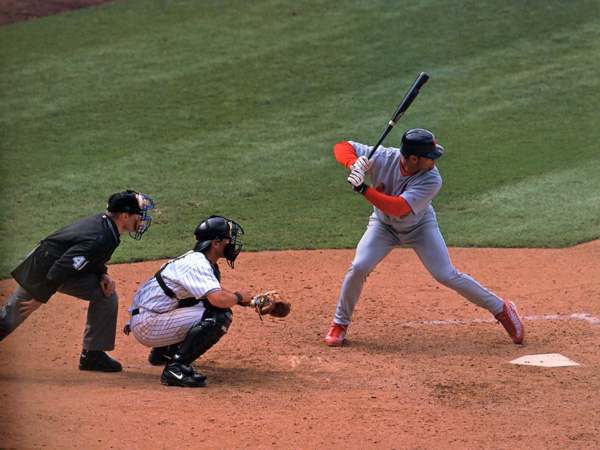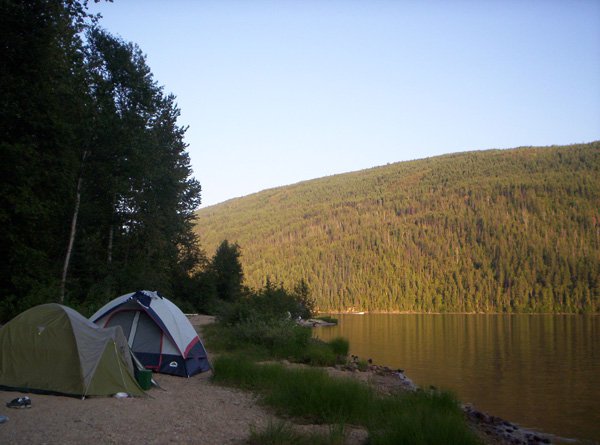Back in the 1970’s and 1980’s European Carp, or just Carp, were in plague proportions throughout southern Australia’s waterways, including the Murray/Darling River systems. It was all doom and gloom then and there is no doubt that the carp has had a detrimental effect on our native fish species.
Things have settled down a bit now and carp are not quite in the same numbers as they were in the above-mentioned decades. Native fish species, especially the Golden Perch, now seem to have stabilised and there has even been and increase in catfish numbers during the last couple of seasons.
The carp is still considered a pest and in South Australia it is illegal to return a live carp to the water or to transfer a live carp to another waterway.
Our largest river, the Murray, is an ideal breeding ground for carp. They use the extensive warm, shallow backwater areas to spawn. This occurs in spring, and the fish can be heard jumping and rolling around in the shallows. They are easily seen, often with their backs out of the water, cruising along the shoreline looking for food.
When they are feeding well, carp are very easy fish to catch. The standard rig here has been two hooks above a sinker, sweet corn, bread or worms for bait and cast the lot in. No finesse whatsoever. No one seriously targeted carp. They were caught for yabby or crab bait, or fished for by kids whilst dad was trying to catch a nice Murray Cod or Golden Perch.

Then, about 15 or 20 years ago, the light line phenomenon hit our State. Suddenly, carp became very popular targets. The large fish were a challenge on light line. They fought much better than when catching them on the standard 12-15 pound line used by many anglers in the Murray, and the areas in which the large fish lived, the backwaters, were strewn with snags, making landing the fish a challenge indeed.
Now, carp are quite specifically targeted by quite a few anglers. People have realised the sporting potential of fishing for carp, and the size some of them can reach. Recently carp of been taken using lures, something which, up until a few years ago, was considered impossible. Their aggressive nature and their tendency to strike at a variety of lures, has endeared them to many.
Bow and arrow fishing is permitted in the Murray River also, but only to take carp. A canoe, or small boat, is the best way to do this. Using oars, paddle close to the shores of the backwaters. On warm, spring days, and through the summer, the carp can be seen feeding up against the banks. If you are quiet, it is possible to get quite close.
I prefer using bait to catch them. The Murray and her backwaters are tremendously atmospheric places, especially early or late in the day. Fishing from the shore at these times and using berley to attract the fish to you is a peaceful and rewarding way to fish.
The tackle used does not have to be anything too expensive. A 4 – 6 kg rod, around 8ft long will do the job. It needs to have a relatively soft action to absorb the carps lunges and rolls. Line should be around 4 – 6 kg as well. Braid is used by a lot of fisherman now, but I think plain old monofilament is best used here. This is because of the large amount of snags on the bottom of these shallow backwaters and because the fish can’t go deeper, they zigzag all over the place and inevitably your line will end up rubbing up against something. Mono seems to handle this punishment quite well.
Although your line is mono, I use a fluorocarbon leader. This stuff is almost invisible. If I’m using 4kg line, I’ll use a 6kg leader and of I’m using 6kg line I’ll go up to an 8kg leader.
At the business end, a number 4 hook is about right. I certainly wouldn’t be going any larger. Carp have large mouths but when they feed they suck mud and plant matter into the mouths then spit it out again. Then, from the cloud of murky water in front of them, they pick out the tasty bits. So, if using bread, corn or worms for bait, anything larger than a number 4 loaded with bait might be viewed with a level of suspicion by the fish. English carp fisherman use tiny hooks, number 10’s or even smaller, and they land some absolute monsters.
Rigs vary, but one of the best is a combination of the hair rig used by English fisherman and the plain on running sinker rig commonly used here. Tie your hook to the end of the leader. From the hook, tie a length of light line (the hair). Onto the hair, thread you bait; usually sweet corn kernels or bread. The bait actually sits just below the hook and not on it. The bait doesn’t even touch the hook. To keep the bait on the hair, you’ll need something to stop it sliding off. This is called a stop. It can be a bit of rubber or even a knot. The hook is completely free of any bait. This rig works very well with the carp, especially with smaller hooks. They suck the bait in and when they attempt to expel it, the hook hits home. I noticed quite a significant increase in hook-ups when I first switched to this rig. There is specialist gear you can buy from England, such as bait needles and hair stops, that make putting these rigs together very easy. You can even buy ready-made hair rigs on eBay.
Your leader should be about a metre or so long. This might seem a bit excessive, but in the muddy backwaters here, if it was much closer to the sinker, it would be dragged down into the mud making it almost impossible for the fish to find. There is never any current in the Murrays backwaters, so it will just settle onto the bottom nicely.
Tie the leader to a swivel and then attach the main line (remembering to put the sinker on the main line first). The sinker should be as light as you can get away with. As mentioned above, current is not going to be a problem. Weight is only required for casting distance or if windy conditions are encountered. 28 grams (about an ounce) is about and average weight.
Berley is essential. A novel, and very effective, way to deploy berley here in the Murray backwaters is to wade out to the approximate area to which you will be casting, say 10 to 20 metres out. The bottom is going to feel horrible with the mud oozing between your toes, but it’s worth it. Drive a long stick into the mud so it’s seated firmly. Take an old onion or mesh bag filled with berley, tie it to a length of rope and tie the other end of the rope to the stick. Then just drop the berley into the water about a metre away from the stick.
After half an hour or so, you should start to see ripples and boils around the berley bag. Then it’s just a matter of casting your baits close to the berley, using the stick as a target.
The berley itself can consist of almost anything. Bread and corn are both carp favourites. Dog food, cat food and a sweetener like honey or golden syrup doesn’t hurt either.
As well as bread and corn, worms, shrimps and yabbies make good carp bait. Fresh bread rolled into a firm ball is my favourite though, especially if dipped in a little honey before being cast.
There is no need to hold your fishing rod whilst waiting for a bite. If the carp are on the job, it will be very obvious when they have taken the bait. The baitrunner reels are ideal for carp fisherman, allowing the fish to run with very little resistance. A turn of the reels handle kicks it into gear and your drag takes over. A brilliant way of setting the hook.
Carp have relatively soft mouths so don’t apply too much pressure when fighting them otherwise the hook may pull out. Let them run and tire them out fully before trying to net them. Having said that though, there are times when applying pressure will be necessary to try and stop them swimming straight into the snags, which big carp love to do. I have lost count of the number of big fish I have lost because I couldn’t stop them swimming straight into the nearest reed bed.
In the backwaters of South Australia’s Murray River, carp grow quite large, although nowhere near as big as the European version. Fish over 5kg are quite common. I think the largest caught here is 14kg, so there is a fair amount of growth potential. Just remember it is illegal to return these fish to the water alive.
Don’t forget the landing net either.
Are You Aware of the New Baseball Netting Recommendations for 2016?

What you can expect from community service summer program

Soccer Uniforms: For The Winners

Copyright © www.mycheapnfljerseys.com Outdoor sports All Rights Reserved